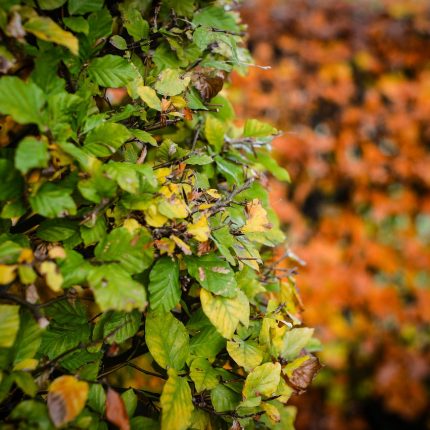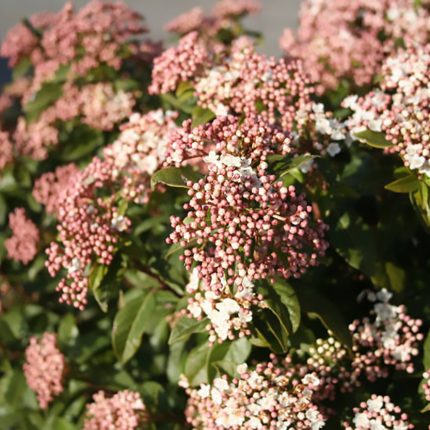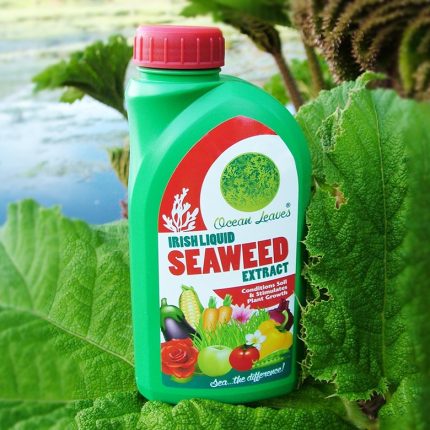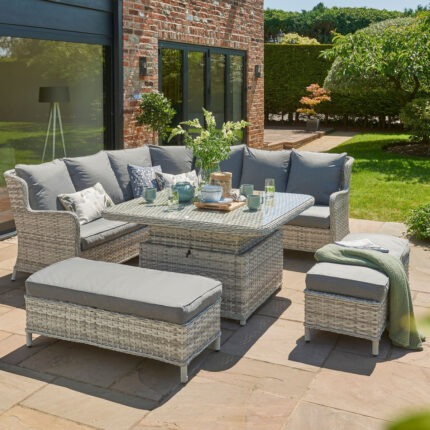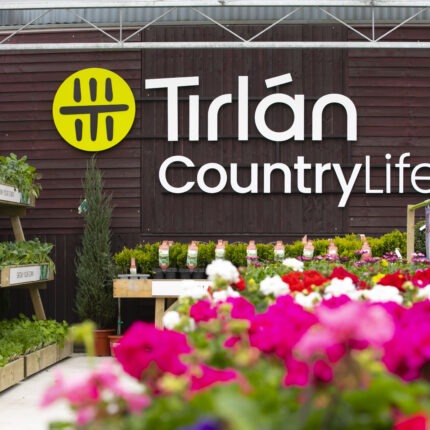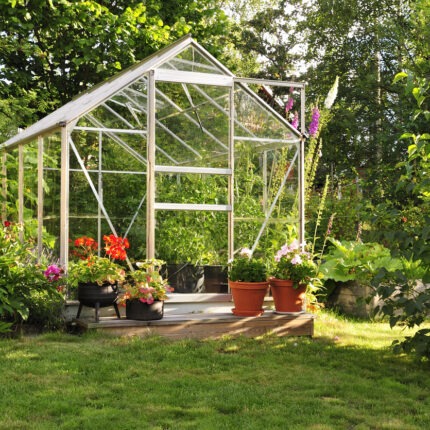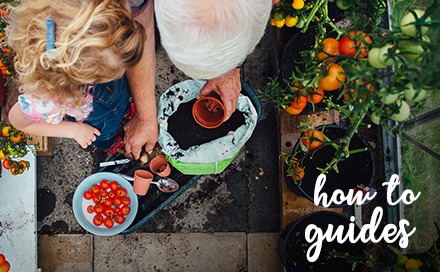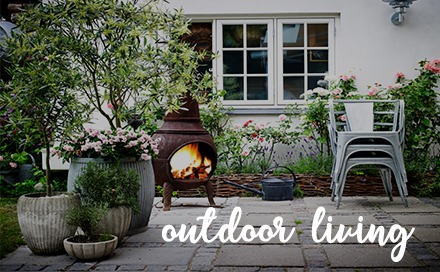Caring for Box Hedging
Autumn really is hedging season. Box hedging has been traditionally very popular with gardeners in both England and Ireland ever since the Victorian era when it really came into fashion. Historically it has been used to mark out knot gardens or used as an edging material for flowerbeds or around lawns.
Box hedges are perfect for around flowerbeds
It is a very slow growing hedge which makes it a perfect hedge for around flowerbeds as it is so easy to keep it as a low hedge. Generally it will only grow a couple of inches each year and so you really don’t have to worry about it taking over a flowerbed or competing too much with your flowering plants.
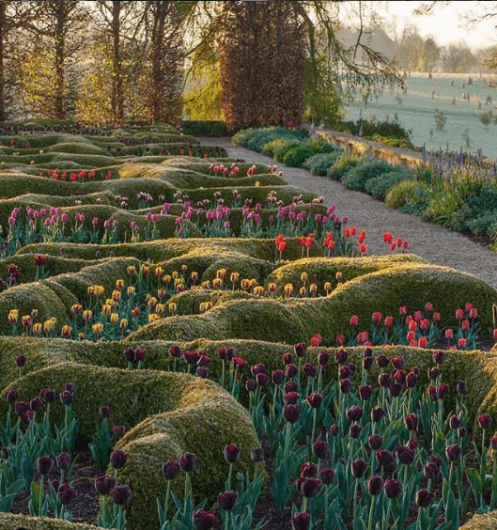
While box hedging is probably most well-known for its use in the gardens of large stately homes it is really so versatile that it can be used in any garden no matter what size. The beauty of box hedging is that it still looks just as impressive in a garden even in small amounts. It also has the added benefit of being ever green so even when the plants in your flowerbed have faded away in winter you still have some lush green colour to look at.
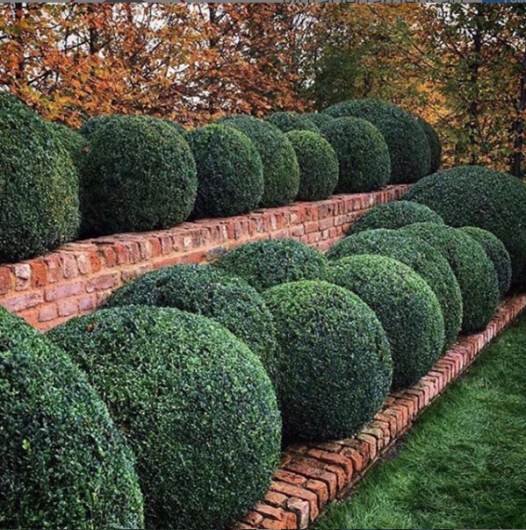
Preventing your box hedge turning yellow
The key with box hedging is to look after it. I find that sometimes customers will come into me a year or two after buying box hedge saying that it is starting to turn yellow. I always asked them if they have been looking after it and often the answer is always no. To get the most from your box hedging it is best to feed it regularly.
In my own garden I use a good quality liquid seaweed feed as this helps to keep the plant lush and green throughout the whole year. Liquid seaweed feed is relatively cheap too.

Hedge box blight is not the end of the world
In recent years some gardeners have started to turn away from box hedging because of box blight, which is a fungal disease that can turn the leaves of your plants yellow and can cause the plants to die.
However box blight is not the end of the world for gardeners. But don’t let this turn you off – you can buy products such as ‘Topbuxus Health Mix’ which is specially formulated to combat box blight. The treatment comes in a tablet format that you dilute in water and then spray over affected plants. The solution contains copper which helps to kill off the fungus and protect your hedging.
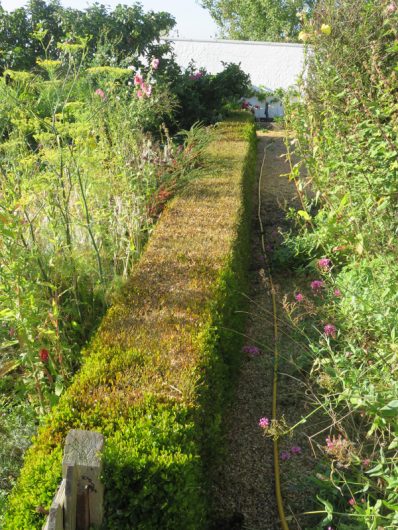
Top tip for treating box blight
The key when treating box blight is to be vigilant when it comes to applying treatments. It is recommended to treat your plants 3 to 5 times a year with Topbuxus to cure box blight. If you do have box blight in your garden it is important to remember that you can be the means by which it spreads around the garden. If you find infected plants in your garden try to isolate them and try not to pass the fungus on to other plants.

